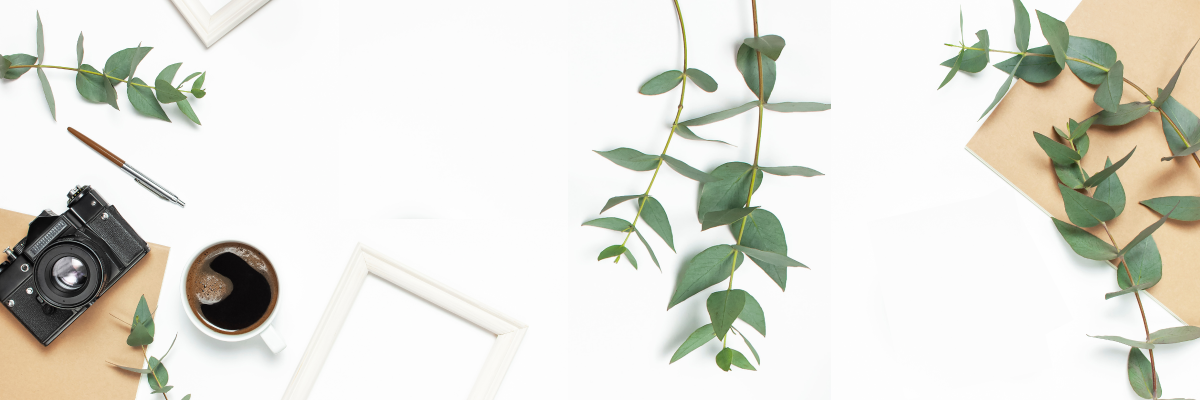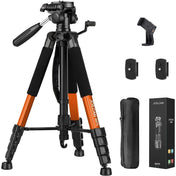Have you ever looked at a photograph and wondered how the photographer managed to make the subject stand out so beautifully against a dreamy, blurred background? That magical effect is called bokeh, and it can add a touch of artistry to any photo. Whether you're a professional photographer or just love capturing moments with your camera, learning how to create bokeh can take your photography skills to the next level.
What is Bokeh?
Bokeh is a Japanese word that translates to "blur" or "haze." In photography, it refers to the aesthetic quality of the out-of-focus areas in an image. Bokeh is created by using a shallow depth of field, which means that the subject is in sharp focus while the background is deliberately blurred. This technique draws attention to the subject and creates a sense of depth and dimension in the photo.
Bokeh can be seen in many types of photography, from portraits and still life to nature and street photography. It adds a touch of magic and beauty to any scene, making the photo more visually appealing and captivating.
How to Create Bokeh
Creating bokeh requires a combination of the right equipment, settings, and techniques. Here are some steps to get you started:
1. Choose the Right Lens
The first step in creating bokeh is to choose the right lens. Ideally, you'll want to use a lens with a wide maximum aperture. Prime lenses, such as a 50mm f/1.8 or 85mm f/1.4, are popular choices for creating bokeh because they allow you to achieve a shallow depth of field and capture more light. However, you can still achieve bokeh with zoom lenses by using a wider aperture setting.
2. Use a Wide Aperture
Once you have the right lens, you'll need to adjust your camera settings to achieve a shallow depth of field. Set your camera to aperture priority mode (usually denoted as "A" or "Av" on the mode dial) and select a wide aperture, such as f/2.8 or lower. The wider the aperture, the shallower the depth of field and the more pronounced the bokeh will be.
3. Get Close to Your Subject
When creating bokeh, it's important to get close to your subject. The closer you are to your subject, the shallower the depth of field will be, resulting in a stronger bokeh effect. Experiment with different distances to find the perfect balance between subject sharpness and background blur.
4. Create Distance Between Subject and Background
To enhance the bokeh effect, create distance between your subject and the background. The greater the distance between the two, the more blurred the background will appear. This can be achieved by moving your subject away from the background or shooting with a longer focal length.
5. Choose a Busy Background
When it comes to bokeh, the background plays a crucial role. To create visually appealing bokeh, choose a background with interesting elements, such as lights, foliage, or patterns. These elements will appear as soft, blurred shapes in your photo, adding depth and visual interest to the image.
6. Experiment with Different Light Sources
Light sources can significantly impact the bokeh effect in your photos. Play around with different types of light sources, such as fairy lights, street lights, or the sun, to create unique and captivating bokeh. Experiment with different angles and positions to see how the light interacts with your subject and background.
Editing Your Bokeh Photos
Once you've captured your bokeh photos, you can enhance the effect further through editing. Here are a few editing tips to make your bokeh photos pop:
1. Adjust Contrast and Saturation
Increasing the contrast and saturation in your bokeh photos can make the subject and the blurred background stand out even more. Use editing software like Adobe Lightroom or Photoshop to fine-tune the colors and make them more vibrant.
2. Sharpen the Subject
While the background is intentionally blurred, you'll want to make sure your subject remains sharp and in focus. Use the sharpening tool in your editing software to enhance the details and make your subject pop.
3. Crop and Straighten
Consider cropping your photo to remove any distractions and create a more pleasing composition. Straighten the image if needed to ensure that the lines and horizons are level.
Bokeh: Unleash Your Creativity
Now that you know the basics of creating bokeh, it's time to grab your camera and unleash your creativity. Experiment with different subjects, backgrounds, and lighting conditions to create stunning bokeh photos that captivate your audience. Remember, practice makes perfect, so don't be afraid to try different techniques and learn from your results.
With the right equipment, settings, and techniques, you can master the art of bokeh and add a touch of magic to your photography. So go out there, embrace the blurry backgrounds, and let your subject shine!











